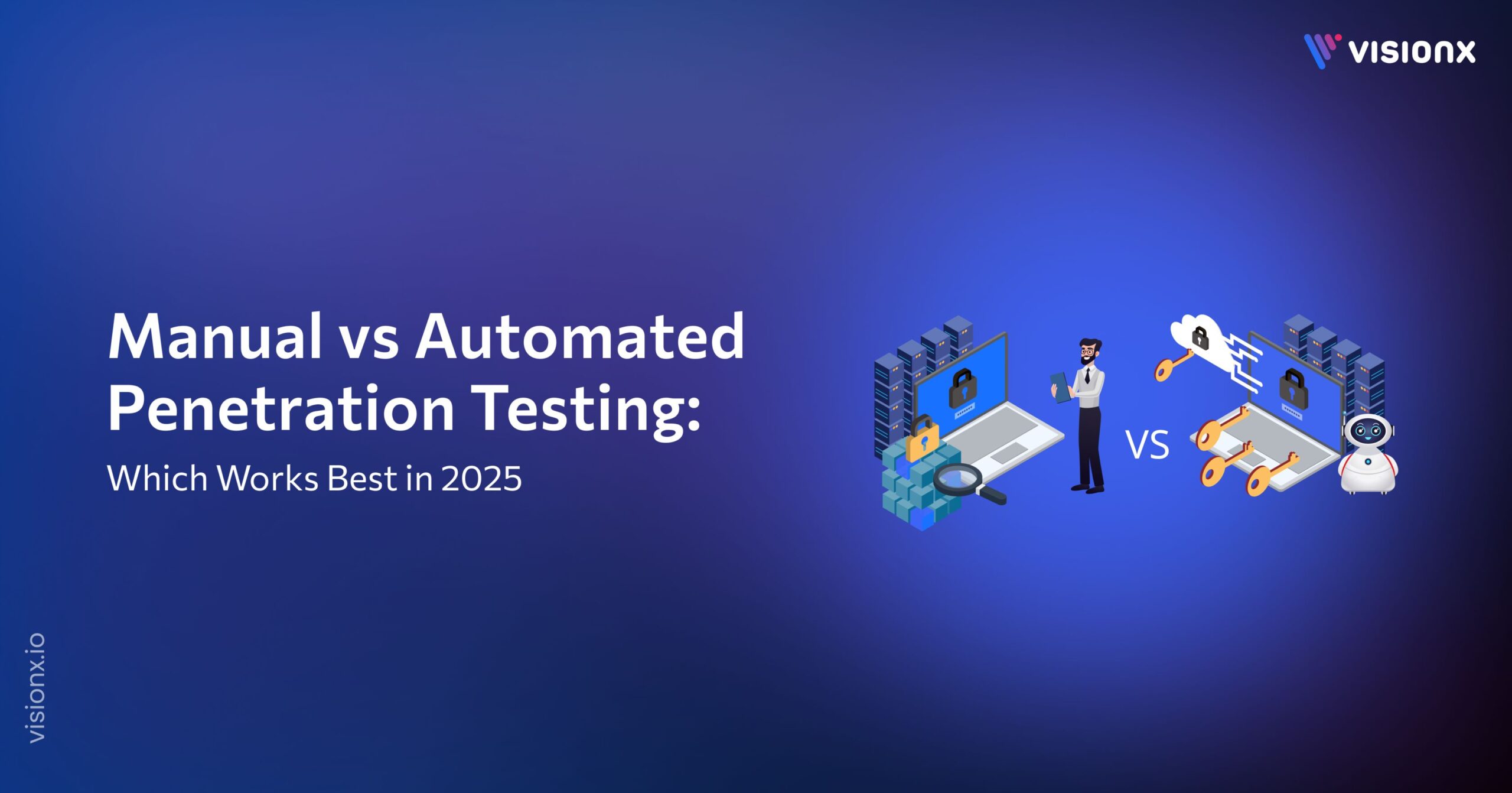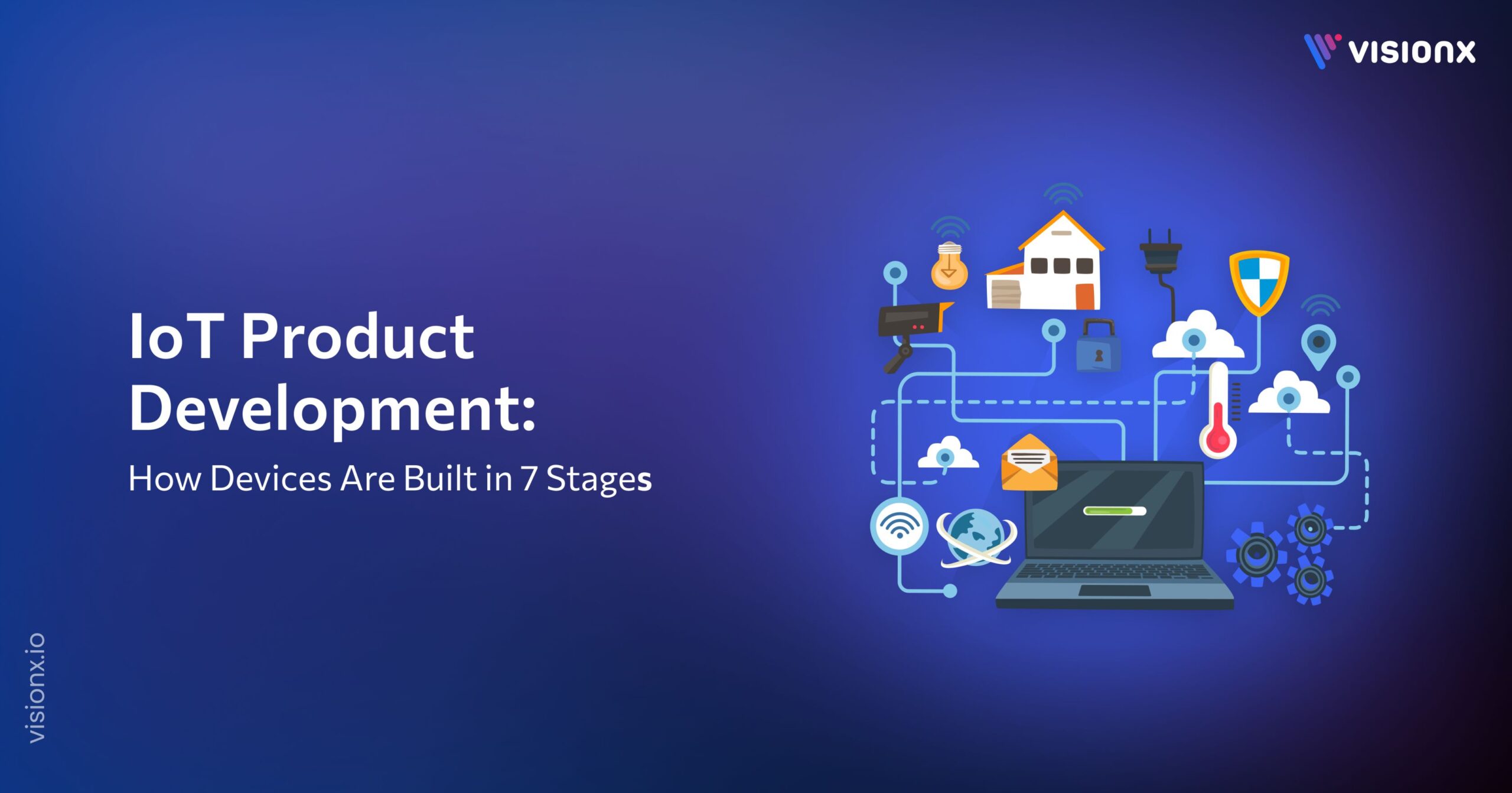In this digital era, there have been significant changes in how businesses and customers connect. The emergence of modern technology and the Internet has given digital customer experience considerable prominence.
Due to the change in digital experiences over time, it is now essential for organizations to improve their digital communications and provide a seamless experience. A survey revealed that 61% of customer and company interactions happened online.
Consumers seek instant digital experiences that meet their preferences and needs. They demand outstanding data security, quick responses, ease of navigation, and round-the-clock accessibility.
This blog will cover the aspects of digital customer experience, their significance, management approaches, methods for improvement, analytics, new trends, and the function of digital transformation.
What is Digital Customer Experience?
The digital customer experience means the interaction between customers and a brand from the initial encounter to continuous support. These interactions frequently occur on websites or mobile applications and involve live chats, social media platforms, and email communication.
The objective is to provide a smooth, reliable, and enjoyable experience that beats the customer’s experience.
The digital customer experience includes reading reviews of the products, searching for products on the internet, using the brand’s mobile app, and calling for customer support.
However, delivering great digital customer experiences means understanding how you engage with customers across many platforms. You should consistently improve the experience your customers have at these points.
Importance of Digital Customer Experience
It is essential to create a favorable experience for customers, bearing in mind that the audience, in this case, is vast and influential. Here are some core reasons why digital customer experience is so important:
- Retention: An excellent digital experience will create satisfied customers who return often.
- Brand Differentiation: Delivering distinct and memorable experiences helps companies differentiate their brands from their rivals through digital customer experience.
- High Return on Revenues: Happy customers continuously buy products that put their names on the map.
- Customer Insight: Digital interactions also provide relevant information about customers to help us understand them better regarding tastes and habits.
- Efficiency: It involves streamlining operations and service provision via internet-based channels.
Digital Customer Experience Management
Digital Customer Experience Management is a strategy that connects all digital touchpoints with the overall customer experience goals.
Some major components of this strategy include consistency across digital channels, personalization by using customer data and preferences, and timely responses to inquiries or issues related to customers.
Another vital aspect in this case is usability, which ensures that the designs are friendly and accessible for people with any skill level. Integration also helps combine on-site channels with other offline ones and systems, such as internet-enabled devices, thus creating a smooth transition between the two worlds.
Digital Customer Experience Management encourages customer support and loyalty. When customers feel their worth is recognized and value appreciated, they become brand loyalists and refer others. This may result in a consistent flow of new and repeat business.
Strategies for Digital Customer Experience
The development of effective strategies is the key to enhancing digital customer experience. Some of the proven strategies include:
- Customer Journey Mapping: This is the understanding and mapping of a customer journey to recognize pain points and opportunities. Documenting clients’ actions and feelings at each step allows businesses to achieve better overall happiness through improved interactions.
- Omnichannel approach: A smooth experience across all digital and physical channels. This strategy ensures customers can easily switch between different platforms without losing information.
- Content Optimization: Content optimization involves developing relevant and compelling content across all customer journey stages. By understanding customers’ needs and preferences, businesses can create content tailored to their tastes and interests.
- Feedback Mechanisms: Develop tools to acquire and act on customer feedback. Tools such as reviews and surveys can enable businesses to gain real-time feedback on customer experiences.
- Tech Advancements: AI, Machine Learning, and other technologies enhance it further with increased personalization and efficiency. The technologies can utilize customer data to find trends and preferences the business can use to provide a personalized experience for every customer.
How to Improve DCX?
The following are the critical approaches to improving the digital customer experience;
Understand your Audience:
Knowing who your audience is forms the basis for enhancing the digital customer experience. Businesses should gather data from different platforms, such as social media interaction and customer feedback. This will help companies to identify their customer’s needs and preferences.
Ensure a Smooth Navigation:
Ensuring the digital platforms are easy to use and navigate will help the customer smoothly switch between platforms without losing context. This will not only help build trust but will also enhance customer loyalty.
Personalize Customer Interaction:
Companies should use the gathered data to provide tailored experiences such as customized content, recommendations, and targeted communication. By examining customer data, AI, machine learning, and other technologies help improve personalization.
Employ Feedback Mechanisms:
Companies should develop tools to gather and act on customer feedback, which they should collect through surveys and reviews. This input can help build a customer-centric culture by directing essential changes to products, services, and general customer engagement techniques.
Boost Productivity with Technology:
Utilize technology by investing in artificial intelligence and CRM solutions that can automate your operations and build customer relationships. These tools can help you manage customer relations more effectively.
What is Digital Customer Experience Analytics?
Digital Customer Experience Analytics measures and assesses customers based on their interactions with websites, mobile applications, and other digital properties to create a better user experience.
This will involve tracking user behavior and collecting quantitative and qualitative data to chart customer journeys, emphasize pain points, and provide clues to opportunities for improvement.
DCXA employs tools that provide real-time feedback, actionable insights, and enhanced content optimization, thus making navigation very simple and personalization easier.
The ultimate goal of any business is to boost engagement and conversion rates because they can result in loyal customers who, in turn, can assist in making decisions that will ultimately improve organizational performance despite growing cyberspace competition.
Trends in Digital Customer Experience
Being up-to-date with emerging trends is essential for maintaining competitiveness. Some of the current trends are:
AI and Chatbots:
The growing usage of AI-powered chatbots has changed how companies interact with customers. These chatbots can manage various questions and provide quick responses and support. This helps enhance customer satisfaction and retention and reduce operational costs.
Voice Search Optimization:
The popularity of speech-activated searches via smartphones and similar devices has been increasing, which has created a need for businesses to adjust their digital strategy towards optimization concerning voice search. Natural language processing and specific keywords can facilitate content visibility in voice-based queries, thus improving accessibility and user experience.
Augmented Reality (AR):
Due to augmented reality (AR), customers may see things in their settings before purchasing. Many companies are already integrating AR features into their apps or websites (WebAR), which engages the customer and helps companies reduce return rates.
Blockchain for Security:
Many companies are turning towards blockchain solutions to improve security as data privacy concerns grow daily. Blockchain ensures the safe treatment of customer data by ensuring safe transactions and the safety of the customer’s personal information.
How Digital Transformation is Driving Customer Experience?
Digital transformation involves integrating technology into all business areas, radically changing how organizations work, and providing customer value.
This transformation will, in turn, drive customer experiences. It offers an upper hand in operational efficiency by finding, simplifying, and making processes frictionless. It enables innovation by providing the tools and technologies necessary for creating new and improved customer experiences.
This enables real-time interactions, thus encouraging and increasing real-time communication, support, and agility. It allows a business to respond quickly to customer changes and the market’s needs.
In this regard, embracing digital transformation could help companies better meet their customers’ expectations and remain competitive in this digital world.
How can VisionX help in Improving DCX?
At VisionX, we specialize in enhancing your digital customer experience through innovative services tailored to your business’s unique needs.
Our end-to-end retail tech solutions create personalized digital commerce experiences, including realistic 3D models of your products and virtual showrooms for an engaging shopping experience.
Our services also include powerful analytics engines that gather and analyze customer data to anticipate interests and preferences.
We at VisionX believe that our leading technologies and data-driven insights can help you create a more engaging and productive digital customer experience. Let us help you take customer loyalty and revenue growth to the next level with creative solutions that speak to your audience.
Join forces with us to take your DCX strategy to the next level!
Closing Remarks:
More specifically, DCX is part of business strategy and flows through to customer loyalty, brand differentiation, and increased revenue.
The practical understanding and management of DCX will ensure that businesses deliver relevant and frictionless interactions across digital platforms—an essential thing in today’s competitive environment.
Embracing the newest technological developments and trends, like AI-driven personalization, omnichannel strategies, and immersing experiences, helps meet and surpass customer expectations.
Moreover, the ongoing improvement of the digital journey through the acquisition of customer feedback and data analytics is what keeps the business agile and responsive to changing market dynamics.
As consumer preferences evolve, a constant emphasis on improving DCX would cement closer ties with the customer and help companies be better positioned for long-term success in a fast-evolving digital environment.


